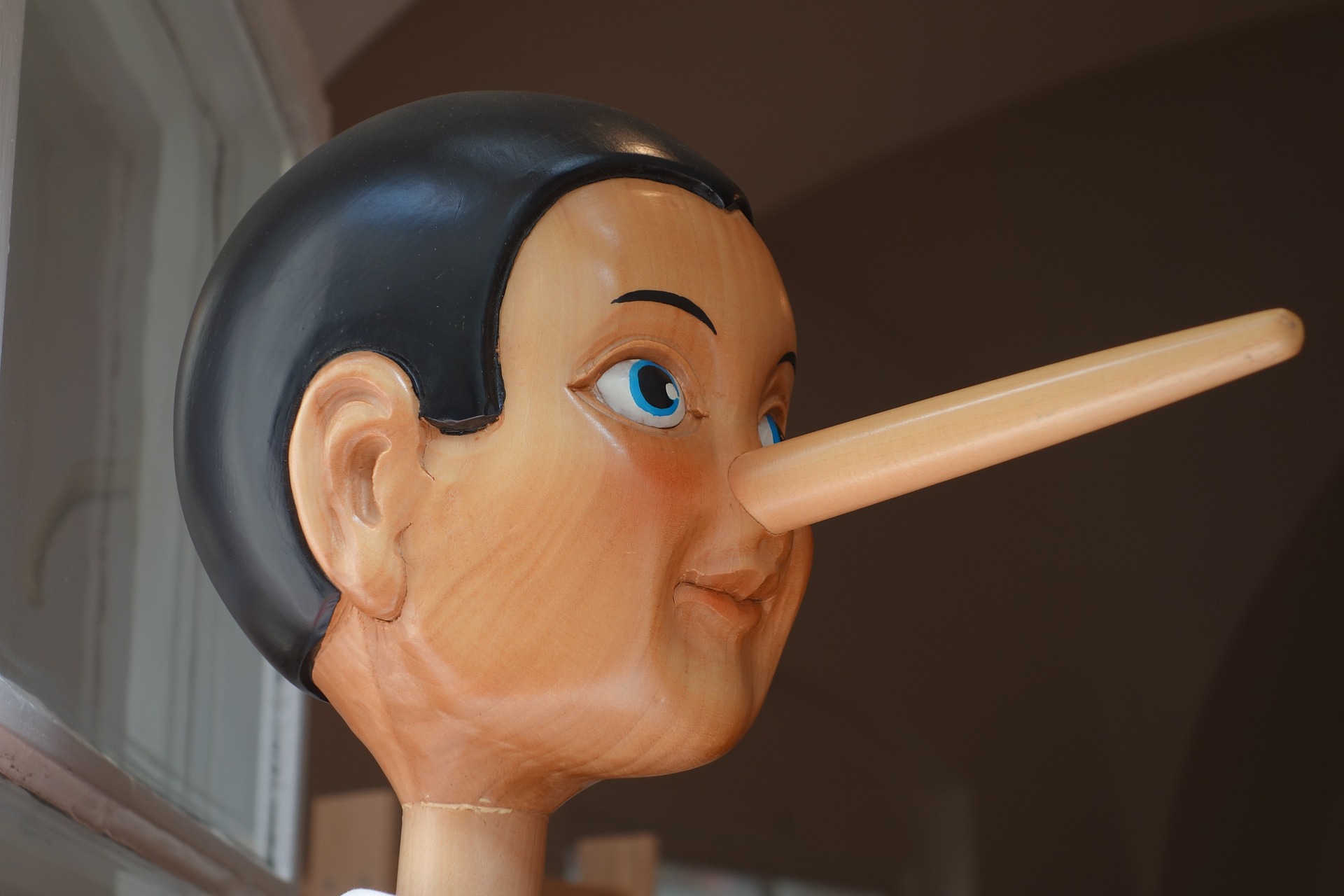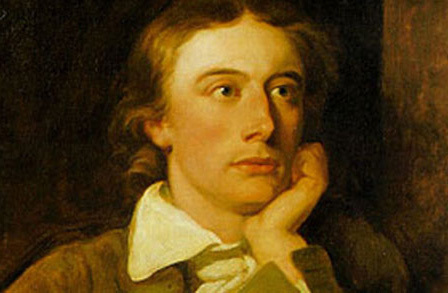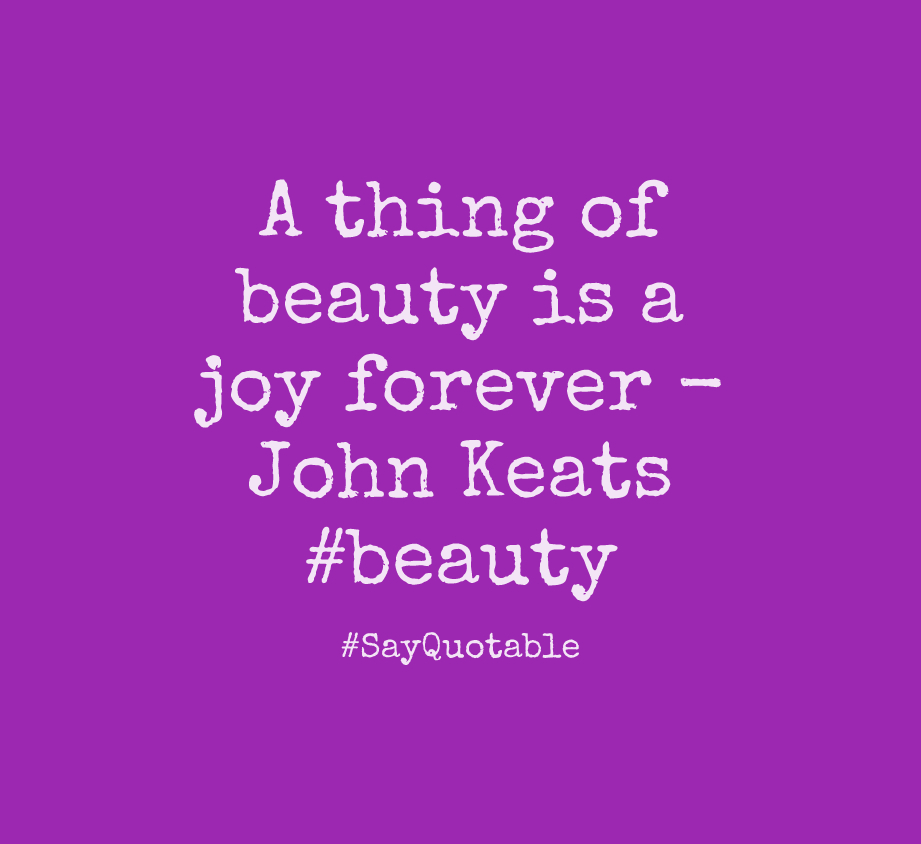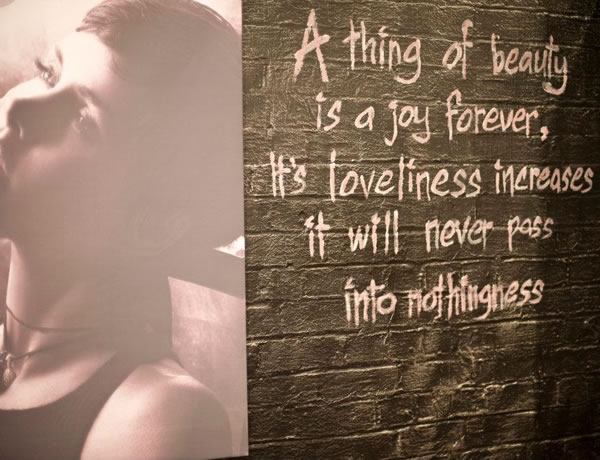John Keats- John Keats is hailed as one of the greatest romantic poets of all times. Born in 1795, he went on to write several poems starting from an early age of 18. Though his poems were not much appreciated while he was alive, they were, and are much celebrated in the later years. He was an Alma-mater of King’s College, London. He was a student of medicine, which made him a good nurse to his brother who died from tuberculosis, the same disease which later took Keats’s life as well in 1825. He was 21 at the age of his death.
Ode on Indolence- John Keats wrote 6 odes in the year 1819. Ode on Indolence is said to be the least impressive of all the six odes, but it is impressive nonetheless. Like most of his poems, this ode too is infused with layers of sensual imagery.
Setting of Ode on Indolence-
Most of Keats poems are characterised by sensual imagery. This fact is accentuated in the odes. This particular ode, true to its name, is set in a tranquil environment. The poem starts with the epigraph, ‘They toil not, neither do they spin’, inducing an atmosphere of lazy intonations. It follows with the opening, ‘One morn…’ which further emphasises a notion of calm. From here, the poet expresses his thoughts and observations. The setting of the poem from this point on is shifted to the poet’s mind. The end of the poem sees the poet laying down on flowery grass, returning us to the tranquil world the poet wants and creates. The poem is sprinkled with references to clouds, flowers and moon, imagery which is so often seen in Keats works. The vivid imagery enhances the readers’ experience and forcefully drags them into a beautiful and mesmerising world.
Poetic Devices in Ode to Indolence-
Foreshadowing:
‘They toil not, neither do they spin’ – As said in the setting of the poem, this particular statement makes us think of idleness and lethargy.
Enjambment:
“One morn before me were three figures seen,
With bowèd necks, and joinèd hands, side-faced;”
“O, for an age so shelter’d from annoy,
That I may never know how change the moons,
Or hear the voice of busy common-sense!”
The poet divides a single verse into multiple lines throughout.
Imagery:
“They pass’d, like figures on a marble urn,
When shifted round to see the other side;
They came again; as when the urn once more
Is shifted round, the first seen shades return;”
Imageries by Keats make his world come alive around us. They are so vivid!
Hyperbole:
“For I would not be dieted with praise,
A pet-lamb in a sentimental farce!”
All praise is not for a greater purpose. By this statement, the poet says he regards praise as a sacrifical and sentimental farce.
Personification:
Starting with line 1, wherein the author says three figures pass in front of him, he creates the personification of love, ambition and greed, three shapeless concepts, which prevail throughout the poem.
‘The first was a fair Maid, and Love her name;’ – the personification of love.
‘The second was Ambition, pale of cheek,… ‘ – the personification of ambition.
‘For Poesy!—no,—she has not a joy,—’ – the personification of poetry.
Irony:
The third figure that passes the poet is ‘Poesy’. The poet claims that ‘Poesy’ tries to lure him out from his bubble of laziness but at the end of the poem, he rejects the appeal. However still at the end, he had to write poetry to convey his own views and opinions on ‘indolence’.
Simile:
‘They pass’d, like figures on a marble urn’ – The three figures are compared to figures on a marble urn in the sense that they went around in circles, as the figures on an urn do, when it is turned around.
Summary of the Poem-
The epigraph of the poem, ‘They toil not, neither do they spin’ sets the mood for the poem. The line refers to flowers which in-spite of not doing any work, still bloom beautifully. The poet wakes up on a particular morning to find three figures dressed serenely. They were days of idleness and he did not want anything to disturb the state of inertia. But everywhere he turned, the three figures appeared in his vision. They were circling him and on their third round, they face him, and disappear. The poet feels the urge to follow them for he knows them to be love, ambition and poetry. But he banishes love, saying ‘What is love? And where is it?’ He banishes ambition saying it to be a short fever fit of a man’s heart. After reasoning out his conflicting feelings, he finally decides that nothing beats idleness, nothing beats indolence. So resting his head on flowery grass, he banishes the three from his thoughts.
Critical Analysis of the Poem-
The poet strives to maintain a peaceful and idle life in the poem. He likes indolence and doesn’t want anything to disturb it. For that cause, he turns away love, ambition and poetry. But the fact that this poem exists is in itself a contradiction. While wanting to avoid work, he writes. While turning away poetry, he still ultimately and irresistibly gets back to it.
Central Idea of the Poem-
The central idea of the poem is to showcase the futility in trying to live an idle life. The poet goes on about how love, ambition and most of all poetry try to get him to break free of his inactive life. He even reasons out why he shouldn’t and wouldn’t be lured by them. But in conveying all of this to the general public, he breaks out of his beliefs. Man cannot live an idle life, however he reasons out the opposite.
Tone of the Poem-
The tone of the poem is mild at first. The poet is reserved and merely observes the figures which he can’t seem to escape. Later, the tone goes passionate, clearly seen by the usage of the phrase, ‘and to follow them I burn’d and ached for wings’. Then the tone mellows out as the author figures out the futility in chasing such transitory and phantom notions. This is evident in the fourth and fifth stanza. The author finally settles back into the initial tone and drifts away from the 3 figures, into his own indolent world.
Conclusion- Ode on Indolence by John Keats is a work which truly makes one think of the cycle of life and how inevitable some things in life are. However much one may despise to work or however much one tries to stay disconnected, there always comes a moment when one has to face the inevitable. The poet, while driving away Poesy, still chooses poetry to tell his tale. This makes one really think about life and activity and how indiscernible they are from each other. Life has to be active and true indolence in life can only be a dream.
Some online learning platforms provide certifications, while others are designed to simply grow your skills in your personal and professional life. Including Masterclass and Coursera, here are our recommendations for the best online learning platforms you can sign up for today.
The 7 Best Online Learning Platforms of 2022
- Best Overall: Coursera
- Best for Niche Topics: Udemy
- Best for Creative Fields: Skillshare
- Best for Celebrity Lessons: MasterClass
- Best for STEM: EdX
- Best for Career Building: Udacity
- Best for Data Learning: Pluralsight













